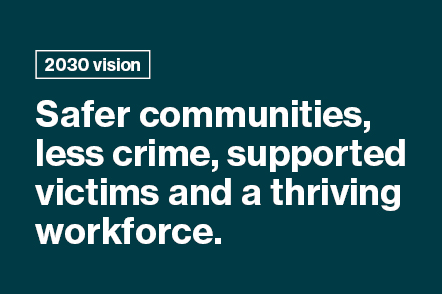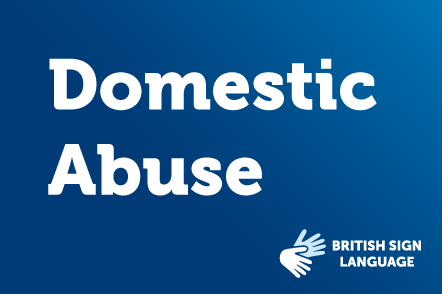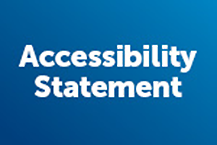How and when body worn video cameras are used
What is body worn video?
Body worn video (BWV) cameras are small, visible devices worn attached to an officer’s uniform (usually on the chest). They're used to capture both video and audio evidence when officers are attending all types of incidents. They’re issued to all officers who come into contact with the public and police staff in custody suites. This is on a phased basis which started in March 2025.
The position of the camera means that the images captured show the situation from the officer's perspective. The camera acts as an independent view.
How do the cameras work and what are they used for?
The camera records the footage onto an internal storage device. At the end of the officer's/ police staff member’s shift, the footage is uploaded to a secure cloud so it can be used as evidence at court or in other legal proceedings, or deleted if it's not needed.
When the camera is turned on it will start capturing a rolling 30-second loop of video. This can be useful in circumstances where an incident has escalated quickly and on activation of the camera by the user, the previous 30 seconds of video has been captured. There is no audio for those 30 seconds. This 30-second loop is not saved by the camera unless the officer activates the camera to record. If the camera is not activated, each 30-second segment of recording automatically overwrites itself.
Body worn video is for use when officers are responding to an incident or executing any police powers. The camera is activated by the officer to record both audio and video footage.
Police staff in custody suites will have access to cameras and will record interactions with people in custody.
How will I know that the camera is recording me?
It is routine for the officer to inform the public when using their body worn video camera and when recording a red light will be visible on the device. You may hear a loud beep as the camera is switched on. An officer will advise as soon as is reasonably possible that the body worn video camera is recording.
The body worn cameras will not be used covertly or for surveillance purposes.
Can I ask you not to record me?
Yes. If you have a genuine reason for objecting to being recorded on body worn video, it is important you let the police officer recording you know and explain the reason to them.
The presumption will always be that the police officer will continue to record unless, having assessed your request, they deem your reason for not being recorded to outweigh the benefits of them recording the incident. The police officer has lawful powers to record incidents, and, in many cases, it will be essential that they do so to collect evidence.
If the police officer does not agree with your objection, they will continue to record but will explain their decision to you.
Will you continue to record on the camera if there are children or people are in a vulnerable situation?
Yes. In the majority of incidents involving both adults and children in vulnerable situations, police officers will continue to record.
This recording will help to capture an accurate picture of the situation the vulnerable adult or child are in and can be essential in capturing evidence for future prosecutions or in assisting partner agencies in understanding the situation and putting appropriate support measures in place.
If the police officer does not deem it proportionate, legitimate or necessary to record someone in a vulnerable situation, they may decide not to record. This decision will always lie with the police officer and will be assessed on a case-by-case basis.
Lord Advocate’s Guidelines
Find out about Lord Advocate’s Guidelines on the provision of Body Worn Video evidence to the Procurator Fiscal in criminal cases (COPFS).






